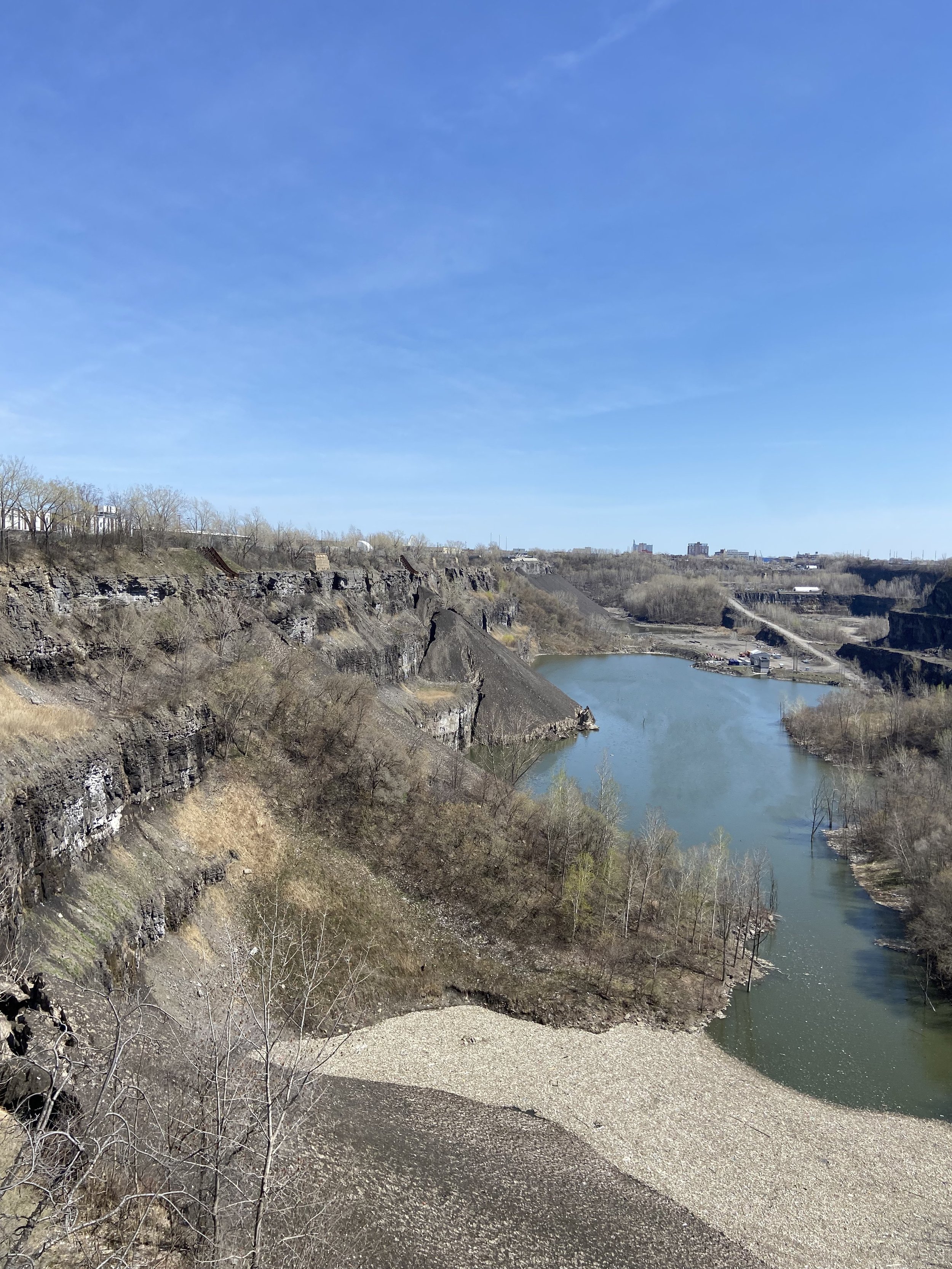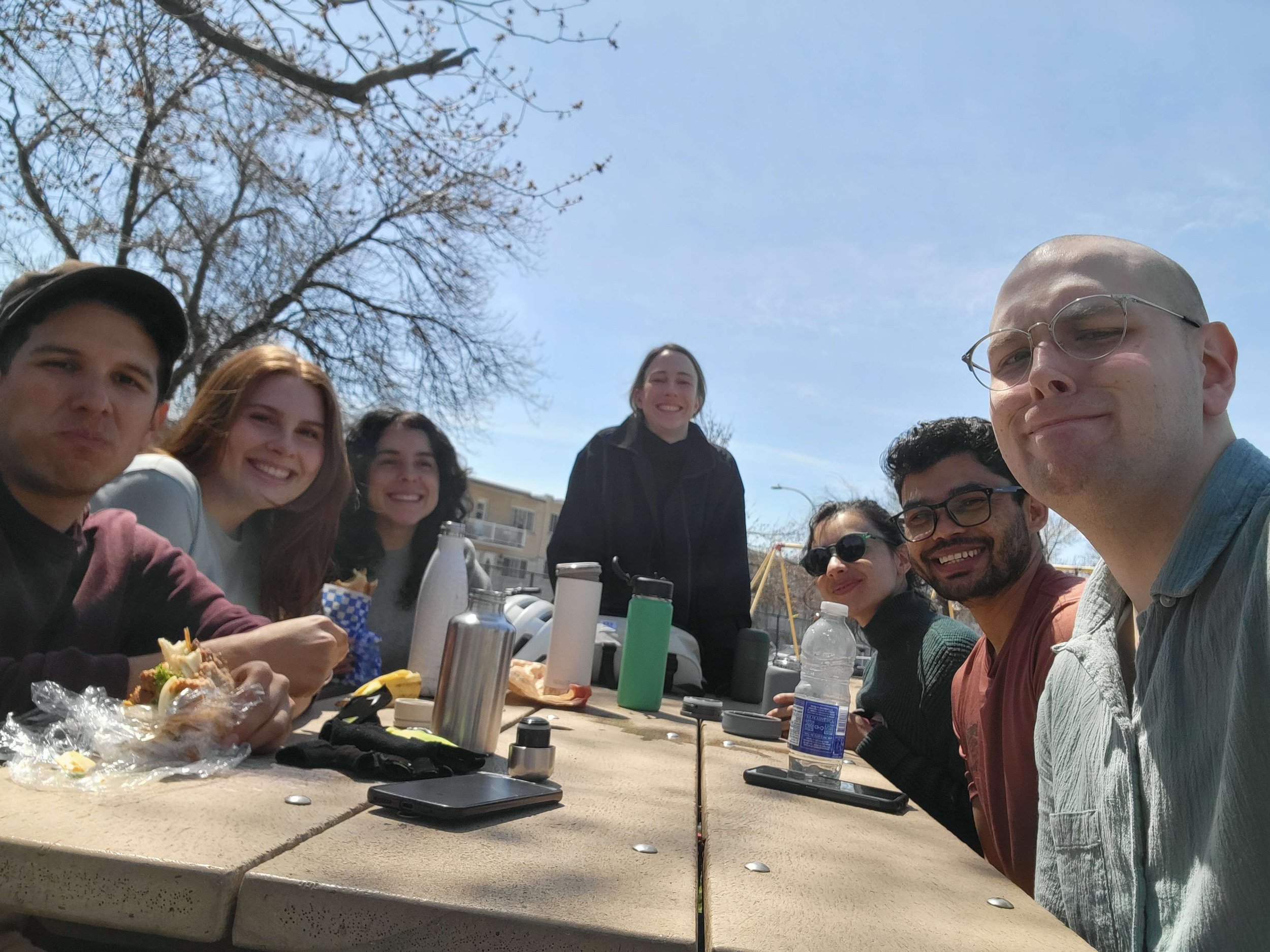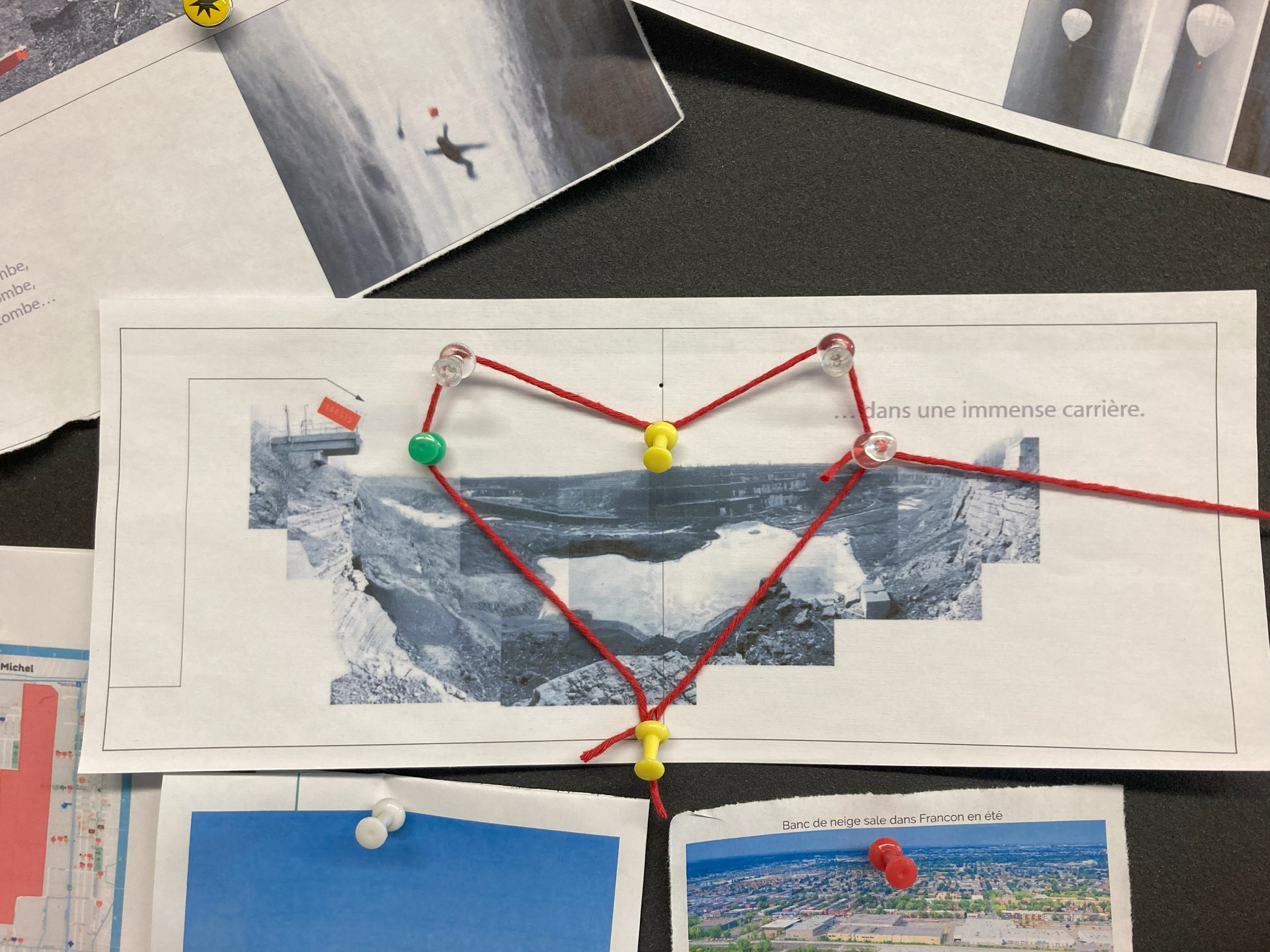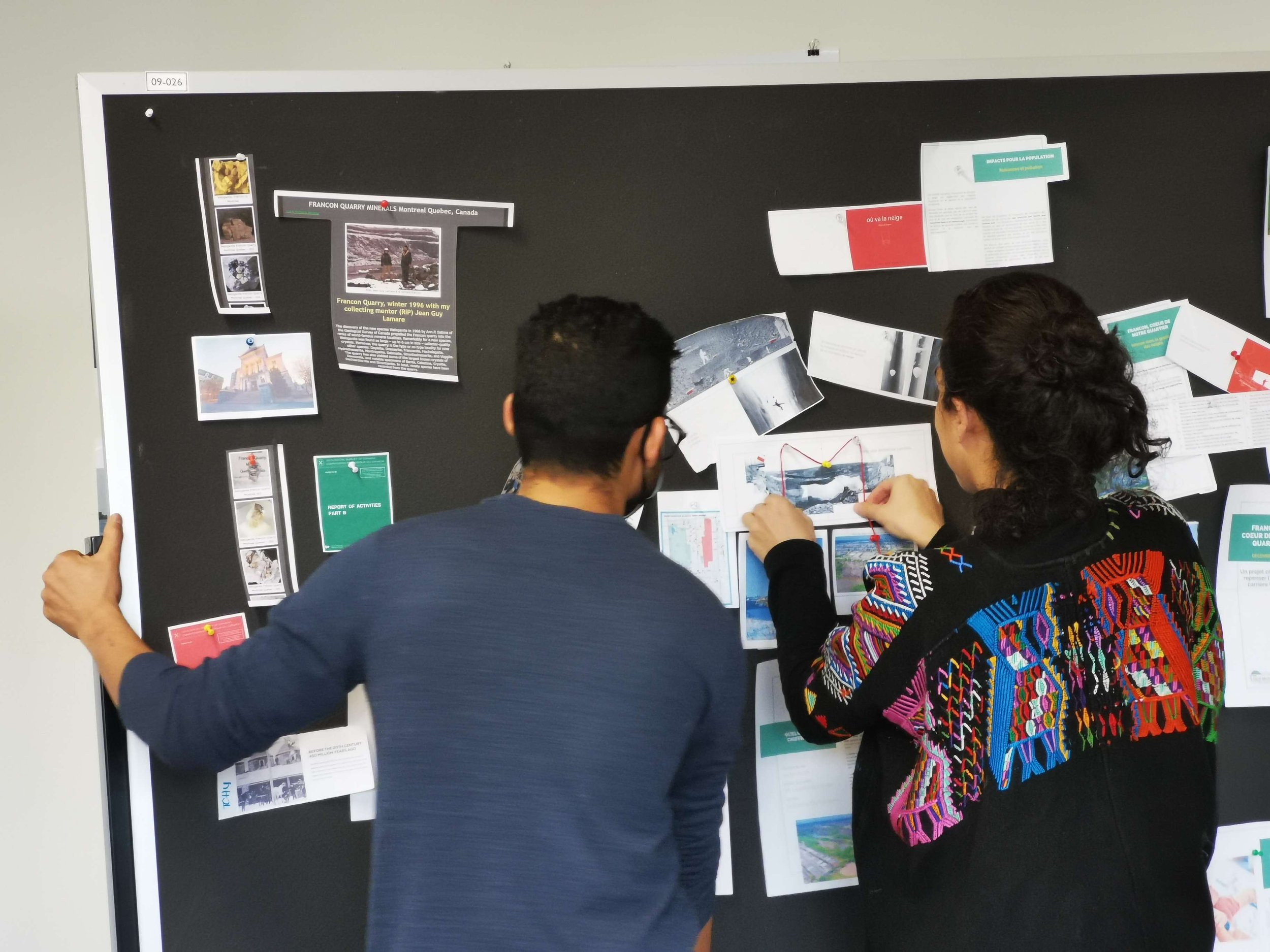
This project experiments with different methodologies with which to understand the social nature of infrastructure in the contemporary world. While each lab conducts its own research, the focus on “infrastructural objects” invites collaboration between disparate groups and localities. Inspired by Marilyn Strathern, one of the students from the University of Toronto said: “our project’s purpose is to find the partial connections between them.”
However, the reasons for undertaking this project are deeper. Objects are only an excuse to further explore what it means to do ethnography in the 21st century, a moment where many ethnographers are occupied (and preoccupied) trying to understand complex material assemblages, distributed agencies, and political histories of the infrastructures that shape our contemporary world—all while using tools that, according to Kregg Hetherington, were developed “to examine the small, the sedentary and the intimate.” This is a moment in which ethnographic practice has been undergoing a period of experimentation, with several institutions creating “ethnography labs” to foster multimodal and collaborative methodological experiments. Equally, it is a moment in which multimodal ethnography is birthing alternative ways of knowing, collaborating, and disseminating research. Finally, it is also a moment in which publishing venues and universities seem to need to be more attuned to how multimodal ethnographers and ethnography labs produce knowledge.
This project looks forward to finding a way out (or maybe back in) for ethnography as a methodology suitable to address the scale challenges of engaging infrastructures. By gathering groups of students to work on small teams to experiment with infrastructural objects in the next three years, we will create a series of multi-modal artifacts, build a data-sharing platform, and create an interactive publication.
But, what can we expect from a project where the research is the excuse to tinker with method? For Bart Simon, the collaboration is the research question. For the five lab directors, the main output—beyond the project expected deliverables—would be the relations it creates.
As for the Concordia Ethnography Lab’s contribution to the project, our group has thus far produced a zine about the Franco Quarry in Montreal during the summer 2023. The content of this zine was inspired by a request from a community leader in Saint-Michel to “help us visualize the [quarry’s] possibilities.” Having that in mind and following the lab’s composite ethnographic methodology, the group decided to trace its encounter with the Franco Quarry (aka the Pit) and the things they learned in the process of getting acquainted with it. The group’s final aim is to share and sensitize locals and foreigners in an alternative manner about our mundane but profound connections with this site. By producing this zine, the group has also sought to enact care and fun as collaborative research methods in their own right.



